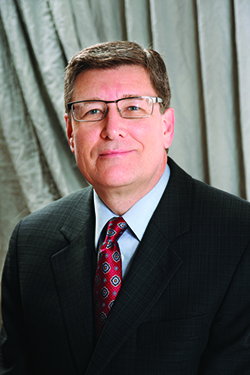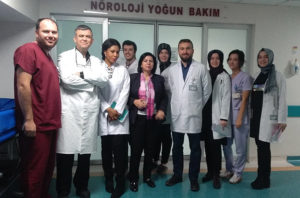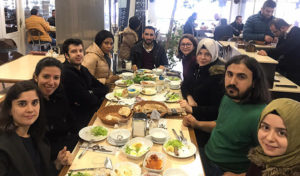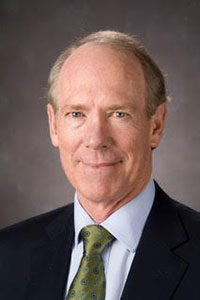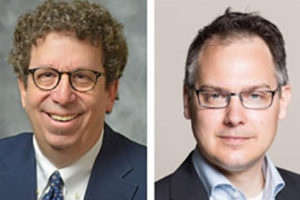By Aida Kondybayeva, MD, PhD
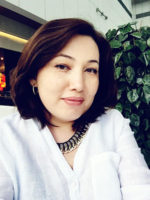
Aida Kondybayeva
The International Educational Online Forum: Neurology Update in Kazakhstan was held April 23-24, 2021. Forums of this scale in Kazakhstan are held every two years, and this forum was being held online for the first time. The event was attended by 985 doctors, including neurologists, internists, GPs, rehabilitation specialists, and intensive care specialists from Kazakhstan, Kyrgyzstan, Uzbekistan, Belarus, and Ukraine.
At the first day within the framework of the International Educational Online Forum: Neurology Update in Kazakhstan, the EAN-Day in Kazakhstan was held. This event was held with the joint work of the European Academy of Neurology, Kazakh National Association of Neurologist Neuroscience, and al-Farabi Kazazakh National University.
Welcoming speeches to the participants were given by Prof. Saltanat Kamenova, president of KNANN; Nadezhda Petuhova, chair of the Public Council of the Ministry of Health of the Republic of Kazakhstan; Prof. Raushan Isayeva, director of High School of Medicine, Faculty of Medicine and Health, al-Farabi Kazazakh National University; and Mikhail Mazurchak, vice president of KNANN. They noted the special significance of the EAN-Day in Kazakhstan for all practicing doctors who took part in this event.
The speakers of the EAN-Day in Kazakhstan were Prof. Aksel Siva from the Department of Neurology of Istanbul University, Cerrahpaşa School of Medicine (Istanbul Turkey); Prof. Erik Taubøll from the Department of Neurology Oslo University Hospital (Oslo, Norway); and Prof. Maxwell Simon Damian, Department of Medicine, Cambridge University (Cambridge, UK).
The professors presented reports on the situation with MS, epilepsy, and neuromuscular diseases before and during the COVID-19 pandemic; these presentations aroused great interest among all participants of the event.
Luca Caffaro, the youngest speaker of this event, presented an interesting report on the work of the Residents and Research Fellows Section (RRFS) of the EAN, and on professional development opportunities for young neurologists and residents. EAN-Day in Kazakhstan received positive feedback from all registered participants of the event.
In the second half of the event, workshops were held, in which speakers presented analyses of difficult clinical cases and the possibilities of their resolution. The second day, the forum was no less eventful, and included reports of doctors from Spain (Jerzy Krupinski-Bilecki), Afghanistan (Ayesha Khaideri), Ukraine (Sergey Moskovko), Russia (Dmitry Kasatkin, Evgeny Evdoshenko, and Natalia Khachanova), and Kazakhstan (Gulsum Duschanova, Saltanat Kamenova, Gulnar Kabdrakhmanova, Mikhail Mazurchak, Maksharip Martazanov, Karlygash Kuzhibaeva, Aida Kondybayeva, and Asel Aralbayeva). Topics including MS, pain, neuromuscular diseases, and epilepsy were discussed. •
Aida Kondybayeva, MD, PhD, is a neurologist and chair of the Educational Committee at Kazakhstan National Association of Neurologist “Neuroscience” Institutional Delegate of the European Academy of Neurology from Kazakhstan.
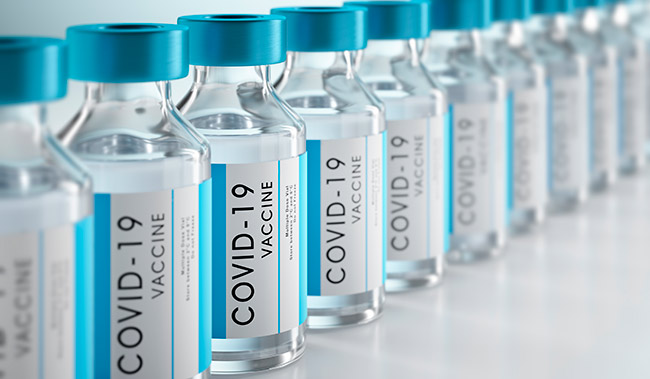
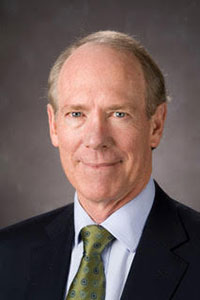
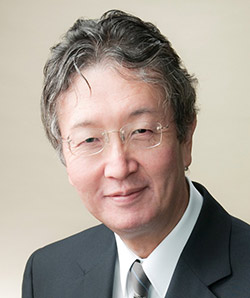
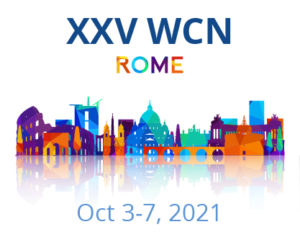 We are also soliciting nominations of the names for WFN medals for 2021 ( https://wfneurology.org/activities/education-grants-and-awards/wfn-awards ).
We are also soliciting nominations of the names for WFN medals for 2021 ( https://wfneurology.org/activities/education-grants-and-awards/wfn-awards ).